
AI-Generated Art: A New Era of Creativity or a Threat to Artists?
Explore the rise of AI-generated art and its impact on creativity. Is it a groundbreaking tool for innovation or a challenge to traditional artists?
AI-Generated Art: A New Era of Creativity or a Threat to Artists?
In a chaotic New York art gallery, one painting that struck the visitors' imagination was Edmond de Belamy. Surprisingly, genius was brought to being by no human fingers but an algorithm. Christie's would sell that at a $432,500 hammer, marking yet another moment that would take the world through a dramatic debate over how AI might affect traditional creativity.
The Dawn of AI Art
Such sophisticated machine learning algorithms as GANs, or Generative Adversarial Networks, drive the creation of art through AI. In a nutshell, GANs are just two neural networks: a generator and a discriminator that, through an iterative loop of feedback, create artistic works that sometimes even rival those of human artists in their complexity and style.
Examples of AI-Generated Art
From portraiture to abstract expressionism, AI-generated art covers all forms of genres. For example, Google DeepDream generates surreal, dreamlike kind of images, while DALL-E by OpenAI produces highly realistic depictions from textual prompts. Finally, Refik Anadol's data-driven installations create mesmerizing visual narratives using vast datasets.
Impact on the Art World
The introduction of AI has disrupted the traditional methods of art. Galleries today have AI art in comparison with works of the greatest painters, and this is shaking what many people think about creativity. Collectors and investors are using AI art as a new frontier, which is reshaping the art market because of its newness and appeal.
Benefits of AI-Generated Art
-
Improved Creativity: AI is a creative partner that can give birth to something new and push imagination to another level. For example, artists apply tools such as Runway ML when it comes to the generation of patterns and textures that provoke new ideas. During a work session with AI, creators may venture into uncharted artistic lands.
-
Accessibility: AI democratizes art because tools of creation are now accessible to both the amateur and the professional. Sites such as Artbreeder enable the user to craft aesthetically pleasing images without requiring training. Now there is oan pen avenue of artistic expression from all walks of life.
-
New Opportunities: New occupations in the form of AI art curators, algorithm designers, and digital restoration specialists spring out from the advent of AI art. Corporations utilize AI art in branding, advertisements, and designing a product; hence enormous money is being made from this new invention.
Copyright and Ownership
Who owns AI-generated art?
Is it the programmer, the user or the AI; the current copyrights cannot respond to such complexities leaving a grey area that will need to be addressed forthwith. Traditionally artist fear that AI is going to make their craft obsolete. With algorithms with the capacity to mimic and replicate great styles, less demand will be placed on human artists who may stand to have their livelihood jeopardized.
AI is a tool, not a substitute.
AI must not replace but complement to foster human creativity. One sees the balance of the capabilities of computation of AI with that of human intuition to enable artists to create innovative as well as meaningful work; thus, AI can initiate ideas or drafts that would be worked on and made specific by the human artist.
Ethical Implications
Art is crucial for the responsible development and usage of AI. Guidelines must be developed by the stakeholders pertaining to bias, exploitation, and environmental impact. While the developers have to make the algorithms open and fair, policymakers and organizations are responsible for making and enforcing policies in such a manner that the interest of both the creator and consumer gets protected simultaneously in the value chain of AI art.
Hybrid Mode
The best may be a collaborative model wherein man and machine artists collaborate side by side. Imagine the following: an artist using AI to come up with intricate patterns to paint into a mural; he passes them down as his masterpiece. Such an approach, being a hybrid, will not only save on efficiency but also preserve the emotional and personal touch that is always considered in traditional art. AI can also help in the production of new media by developing a pioneering combination of digital and physical works. Schools can introduce AI in art courses so that future artists can use technology responsibly.
Conclusion
AI certainly revolutionizes the landscape of art. The drawbacks-loss of jobs and authenticity problems-are glaring indicators of these changing paradigms, but this new technology is bringing in new possibilities in innovative and inclusive spaces. However, art for the future is not in competition but cooperation. A time when every artist, collector, or enthusiast looks into the horizon of AI art and continues writing the never-ending story.